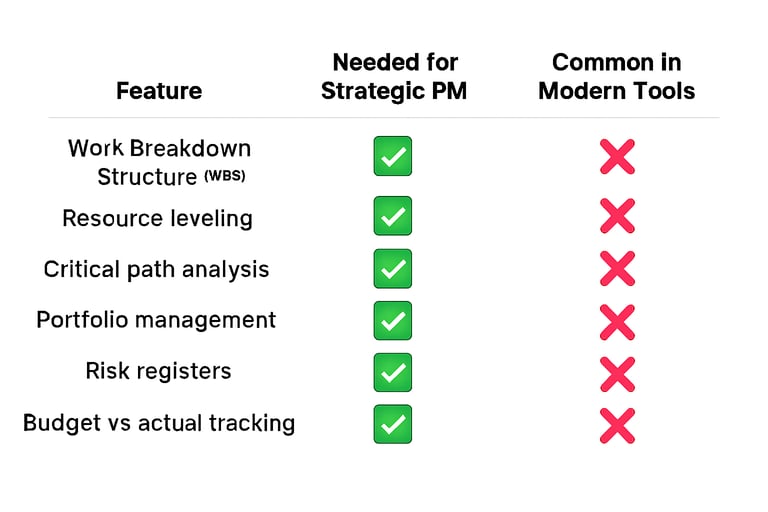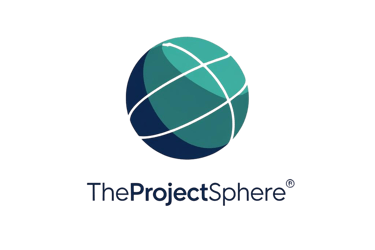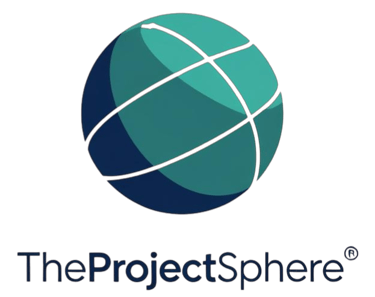Project Management Tools: Strategic vs. Basic Approaches
Project Management (PM) has evolved far beyond simple task lists and Gantt charts. Today, professionals can choose from a wide spectrum of tools — ranging from lightweight task managers to sophisticated platforms that align projects with organizational strategy. Understanding the difference between Strategic PM tools and Basic PM tools helps teams select the right approach for their needs.
The Core Problem: Task Management ≠ Project Management
Most modern tools are glorified to-do lists with a Kanban skin. They’re great for visualizing workflows, assigning tasks, and checking boxes — but that’s not project management. Real PM involves:
Strategic planning and scope control
Resource allocation and capacity forecasting
Risk management and mitigation
Budget tracking and cost control
Dependencies, baselines, and earned value analysis
Trello can’t do that. Neither can Asana. And Monday? It’s more dashboard than discipline.
The Cost Trap: Paying for Pretty Interfaces
These tools lure teams with slick UIs and “collaboration” features, but once you scale, you hit paywalls — and still lack core PM functionality. You’re paying for:
Custom colors and branding
Gantt charts that are just timelines
Integrations that patch missing features
AI assistants that summarize your to-do list
Meanwhile, free alternatives like ClickUp (free tier), Notion, or even Excel with templates can do the same — or better — without draining your budget.
What Strategic PMOs Actually Need
If you’re serious about managing enterprise-level projects, look for tools that offer:
Tools like MS Project, Primavera P6, Planview, cplace or even open-source options like ProjectLibre are built for this. If you’re paying, pay for power — not polish.


COntact
info@theprojectsphere.com
© 2025. All rights reserved.


